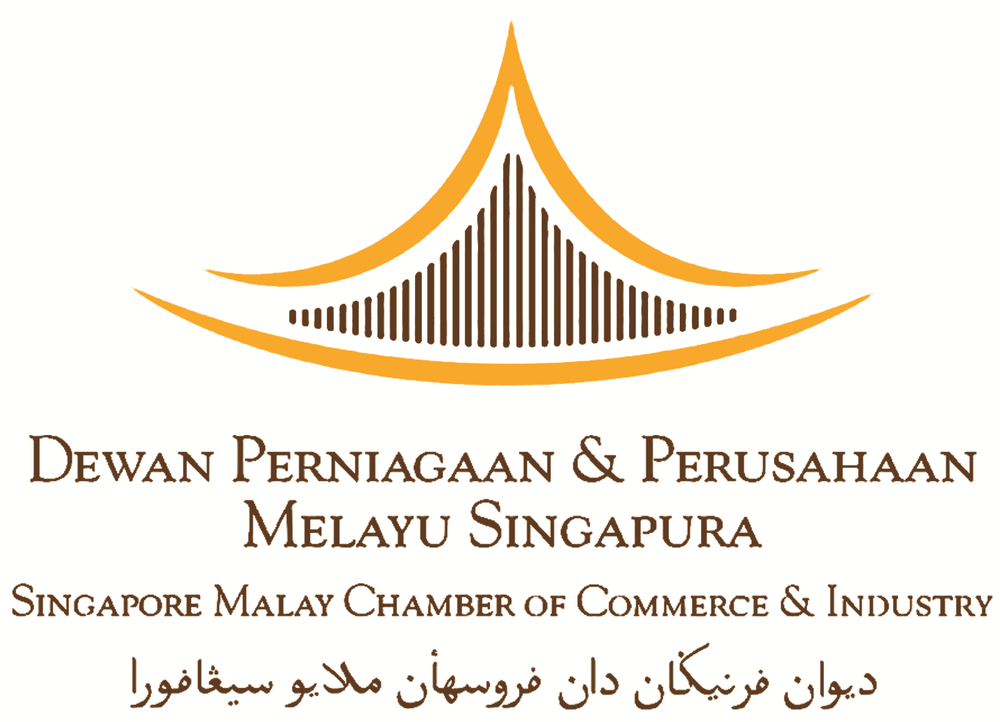The debate on whether to implement a minimum wage in Singapore continues to rage on. And the more people elect to chip in with their 2 cents on the matter, the murkier the issue seems to become.
So naturally we at Smart Towkay decided we should join in the “fun”!
Having said that, there are a couple of reasons why this article might not waste your time as we have suggested others might (with our tongues firmly in cheek of course).
For one, we do not possess the hubris of assuming we have any insight or research that the parliamentarians, especially those in government, would not already have both the resources and the competence to assess. For another, we would prefer not to do our country a disservice by assuming anyone (or any political party) is against ensuring our fellow people all have jobs with pay-outs that aren’t slowly starving them to death. A living wage in and of itself is simply morally right.
What We Are Meant To Achieve
Instead, we propose to begin with a series of low-level resolutions that we believe everyone (or at least the sensible majority) will accept and can move progressively from in framing their own thoughts about the debacle.
These resolutions would look a little like these:
- Allowing employed people to garner an income which allows them to make basic ends meet is necessary;
- Giving them the opportunity for better employment, higher wages and, ultimately, upwards social mobility is eminently desirable;
- Achieving this without the counter-productive impact of decimating businesses is absolutely crucial;
- And finally, it would be good to implement this using a system that is easy to communicate to the public about, and to administer.
The Simplicities Of A Minimum Wage
With that as a backdrop, it is easier to understand what critics have to say about having a minimum wage. Its simplicity is its greatest strength but also possibly its greatest weakness. It is easy to get people to understand it as a concept and implementing it would be relatively fast and easy. However, its simplicity also means that it lacks nuance, and the devil is always in the details.
Many of these empirical details are being debated upon, with statistics and research being presented on both sides. We do not possess the wherewithal to claim a definitive conclusion while the experts are still having a go at it. However, we do believe one of the claims - that a minimum wage might hurt businesses through increased labour cost - might bear examining with a little more sympathy.
These are uniquely dangerous times. One might be inclined to dismissively state that a company who can’t afford to give employees a living wage is a bad business and should not be allowed to continue. But in the midst of a global pandemic that came seemingly from nowhere and struck the world economy with such fury that has never been seen before, such comments about businesses sound out of touch and perhaps display a lack of understanding and empathy towards many legitimate businesses that have since been forced to shutter.
Accordingly, the proponents of implementing a minimum wage in Singapore, the Workers’ Party, have conceded that this might not be the optimum time to roll out such a plan.
The Complexities Of The Progressive Wage Model
The Progressive Wage Model, the alternative championed by the incumbent People’s Action Party (PAP), is a different cut of meat.
In theory, it is superior because it does not comport to “artificially” inflate wages but instead ties them to productivity measures. A bare minimum wage of sorts must first be established for a basic amount of work that should be paid for. A process is then set for employees to work up from this baseline, through established markers and milestones such as completing a certain amount of training or reaching a set higher quality of work standard. This is what justifies them a higher pay.
However, this model is complicated and cumbersome. Markers will need to be agreed upon by all companies in an industry. Laws would have to be passed to compel them to follow through. An enforcement and regulatory authority needs to be set up to provide oversight. Companies would require time to react, to develop and apply new business practices as well as adjust their human resource protocols.
All this means that it has taken a very long time to implement. Since its introduction in 2012, the Progressive Wage Model has only been established in the cleaning, security and landscaping sectors. These represent only about 15 percent of all the workers in the lowest 20th percentile of salary ranges.
In addition, the current PWM measures for these sectors can’t simply be left alone now. Regulations and guidelines will have to be constantly updated as situations change and potential kinks that come up will need to be resolved.
Another practical concern – will companies simply circumvent the progressive wage model by constantly cycling through employees, firing and re-hiring them?
Realistically speaking, nobody really requires a highly skilled cleaner or security guard. They simply fulfil a function that arguably anybody can do; this is almost literally the definition of a low-skill job. When a worker in these sectors is approaching a developmental milestone that would entitle him to higher wages, would a company simply let him go and bring on new staff at minimum wages?
Although the government claims there are safeguards against this, a Channel NewsAsia article reports such a phenomenon is indeed happening. If true, this would totally negate the whole premise of the PWM, for all its sophistication and delays. As such, is the Progressive Wage Model really superior?
What Is A Practical Approach?
Ultimately, in moving the argument about minimum wage and the Progressive Wage Model away from conceptual grounds, the practicalities of either approach in fulfilling our low-level resolutions (which, remember, everyone should agree on) become more worthy of consideration.
Perhaps, then, this should not be an either/or battle. Maybe a combination of the two, in varying degrees across different sectors, would complement each other. And that would better secure the actual purpose of safeguarding the livelihoods of our least privileged, over the more political consideration of “whose idea is better”.
Read also: Jobs Support Scheme: What Employers Need To Know To Avoid Getting JSS Payouts Denied
Read also: COVID-19: Smart Towkay's Essential Business Survival Guide for This Pandemic
-------------------------------------------------------------------------------------------------------
Not sure whether your company can be qualified for bank loans or alternative lending? Try our A.I assisted loan, and Smart Towkay team will send you a lending report within 24 hours' time. With the lending report, we aggregate and recommend the highest chance of approval be it with BANKS / FINANCIAL INSTITUTIONS or Alternative lenders like Peer to Peer Lenders or even B2B lender!
Got a Question?
WhatsApp Us, Our Friendly Team will get back to you asap :)
Share with us your thoughts by leaving a comment below!
Stay updated with the latest business news and help one another become Smarter Towkays. Subscribe to our Newsletter now!
 Real CBS Makeovers: 3 Case Studies of SME Owners Who Turned Bad Credit Around
Real CBS Makeovers: 3 Case Studies of SME Owners Who Turned Bad Credit Around Ask SmartLend: Why Did My SME Loan Get Rejected?
Ask SmartLend: Why Did My SME Loan Get Rejected? Introducing SmartLend Concierge: A Helping Hand for SME Loans
Introducing SmartLend Concierge: A Helping Hand for SME Loans Legal Ways to Lighten Your Company’s Tax Burden in Singapore
Legal Ways to Lighten Your Company’s Tax Burden in Singapore A Wake-Up Call on Director Duties: The Envy Saga and Other Cautionary Tales in Singapore
A Wake-Up Call on Director Duties: The Envy Saga and Other Cautionary Tales in Singapore






_940.png)




